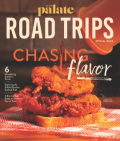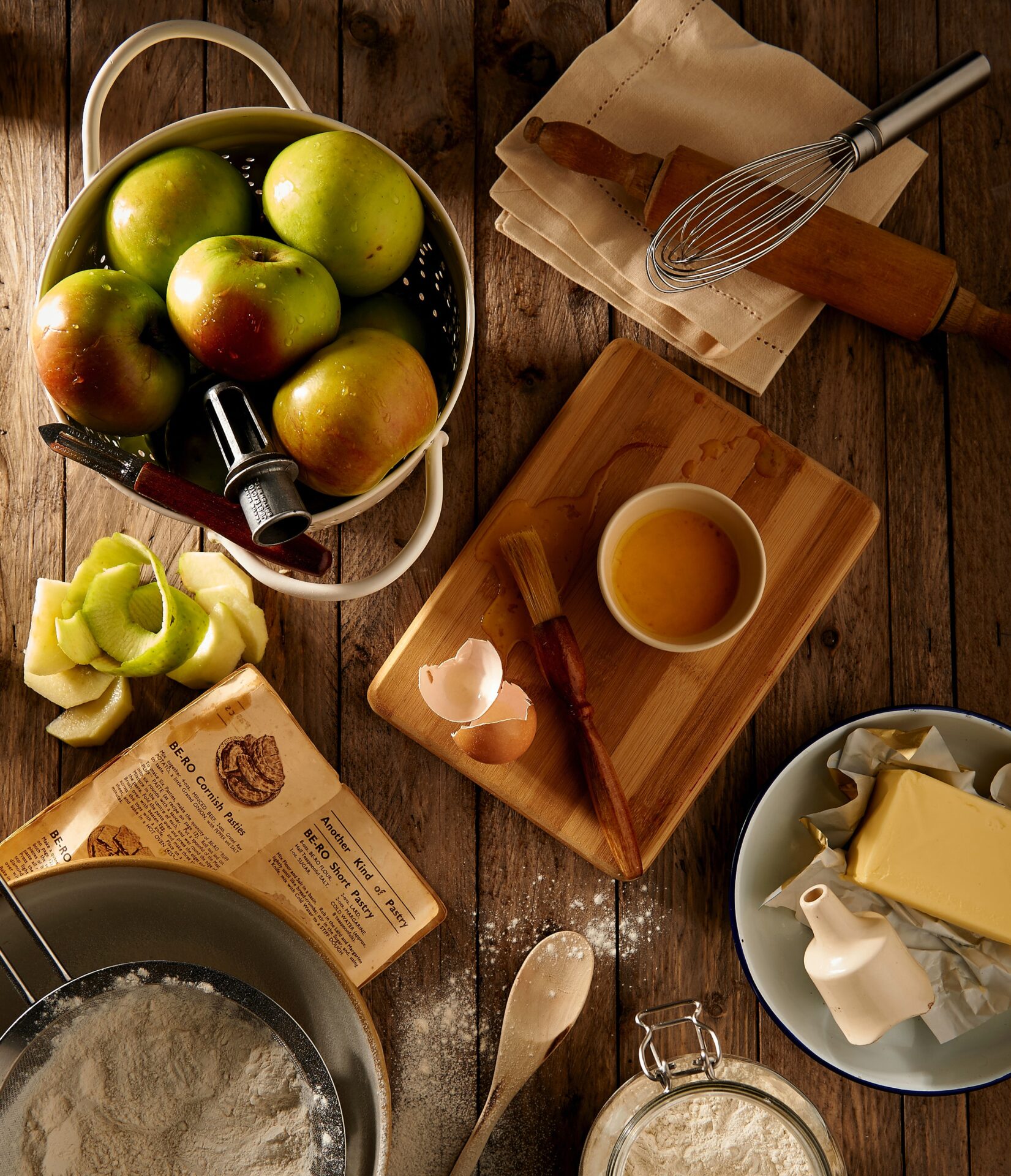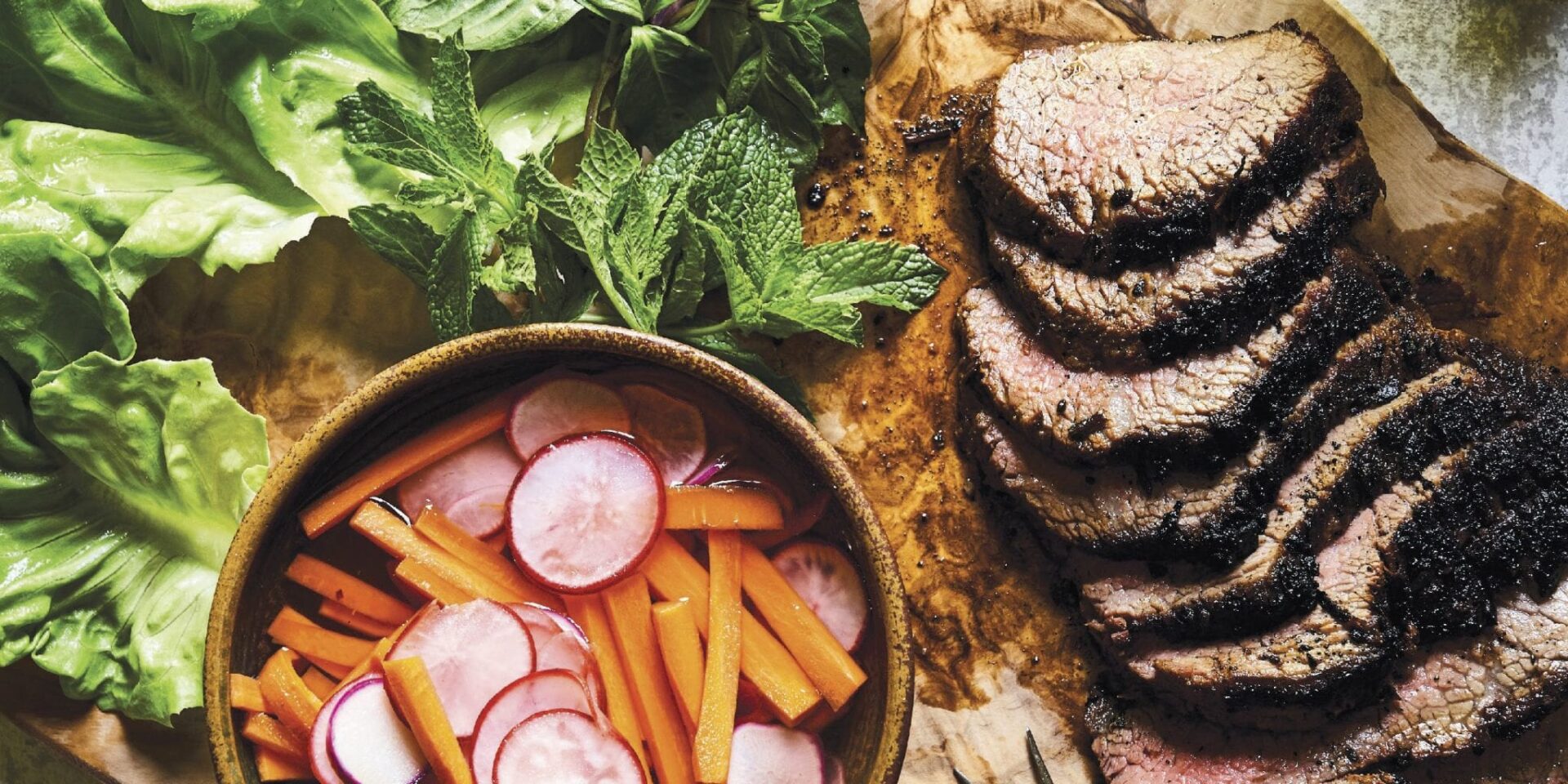Join the Cookbook Club

Members Only Content
This page is for Cookbook Club members only.
If you are a member, please sign in and try again.
If you are not a member, click the button below to sign up.
share
trending content
-
Get To Know Roanoke, Virginia
-
Shrimp and Grits: A History
by Erin Byers Murray -
New Myrtle Beach Restaurants Making Waves
-
FINAL VOTING for Your Favorite Southern Culinary Town
-
New Restaurants in Arkansas
More From Cookbook Club
-
Taming the Flame | Listen
-
7 Cookbooks All About Barbecue | Listen
-
Cookbook Review: Sweet Potato Soul | Listen
-
Q&A with Lucian Books & Wine | Listen
-
9 Cookbooks from Black Chefs to Celebrate Juneteenth | Listen









